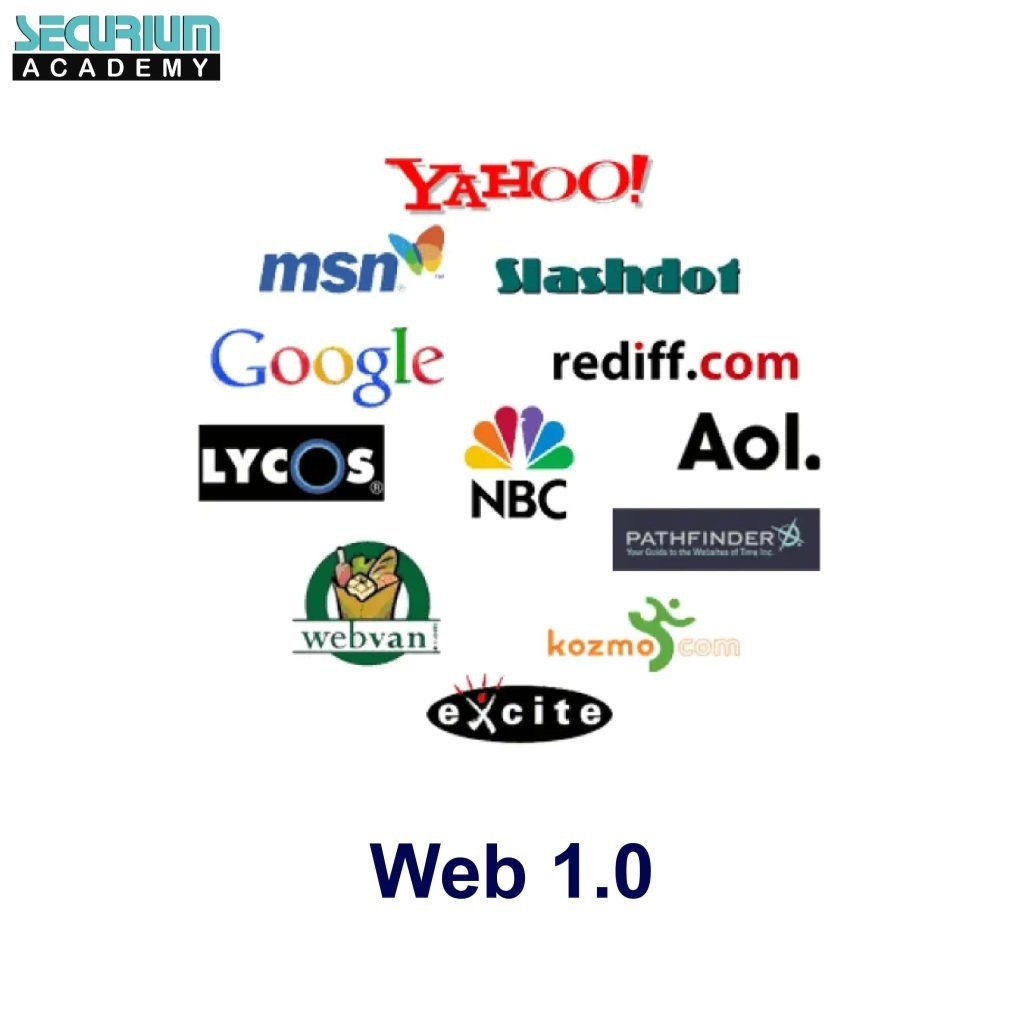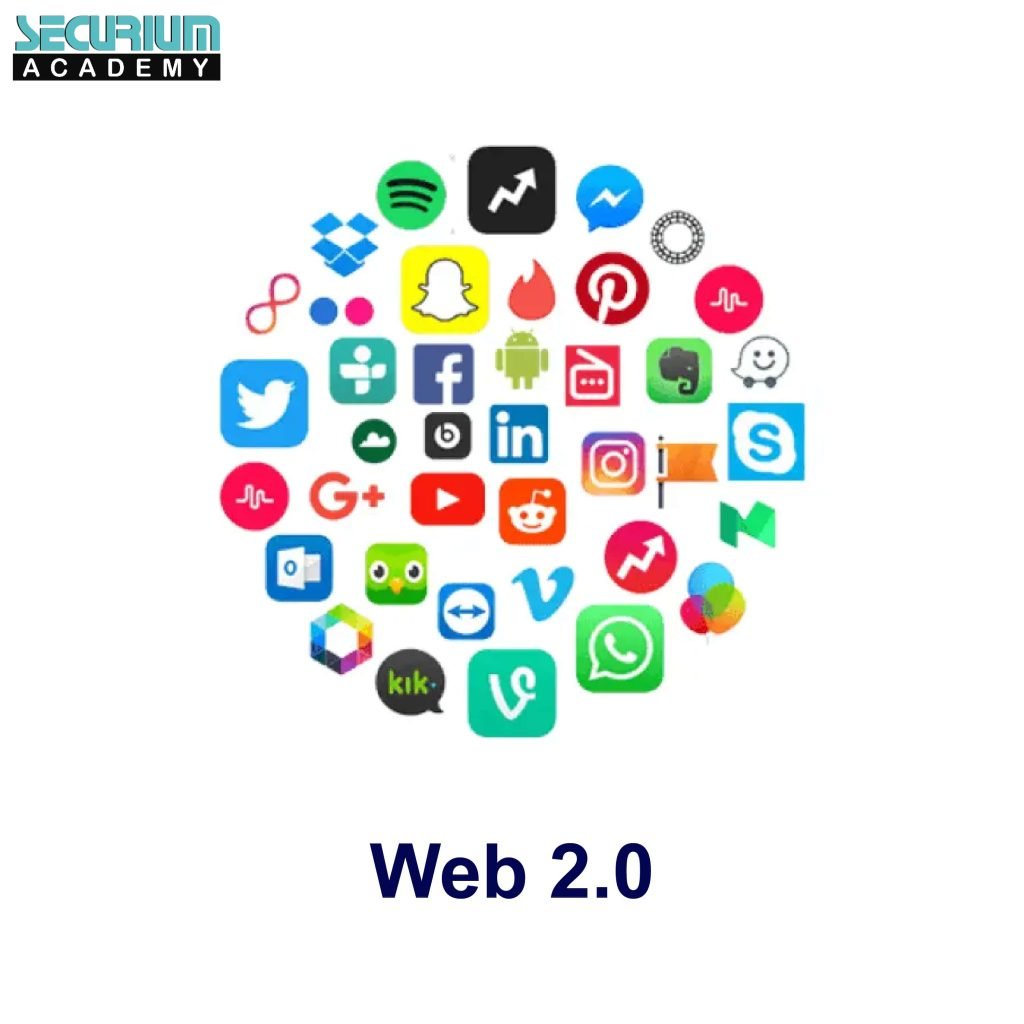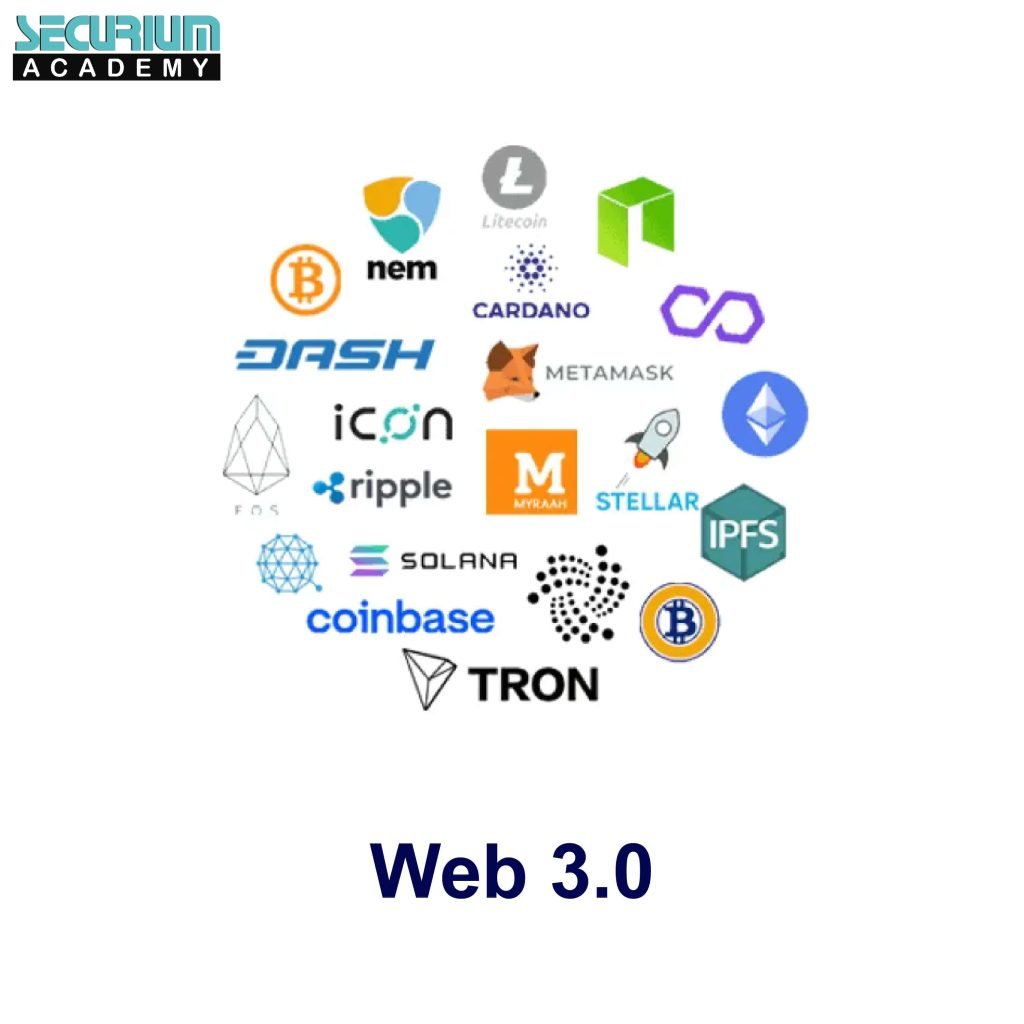The development of the networked world has brought different phases of website development. There are distinct periods of the internet known as Web 1.0, Web 2.0, and Web 3.0, which are defined by specific characteristics and functions. It is helpful to know these phases in order to grasp the latest developments and their related influence in adapting technologies in the life of an individual.
Web 1.0:

Web 1.0, often referred to as the read-only web, is associated with the most primitive phase of the internet. In this stage, static web pages were developed and were only utilized or ‘read’ by the users. During these times, static informational websites were available to the general public. Users were dumb consumers of content out there on the internet.
Web 2.0:

Web 2.0 brought a paradigm shift by introducing user interactivity and participation. It indicated the emergence of social media as well as blogging and community websites.
Web 2.0 empowered users to create and share content, fostering collaboration and user-generated contributions. It transformed the internet into a dynamic platform, enabling two-way communication between users and websites.
Web 3.0:

Web 3.0, or the “semantic web”, is the next stage of the internet which hopes to make the web more intelligent and offer a tailored interactive web experience. It uses AI, machine learning, and blockchain technology to enhance the inter-communication of data, security, users privacy, and focuses on the multitasking relevance of context for applications so machines comprehensively understand the data.
Must Read This Article – XSS Through SVG File Upload
Difference between Web 2.0 and 3.0:
Web 2.0:
User-generated content: People could create content which meant information could be shared on the internet which characterized Web 2.0 with social media platforms such as Blogs, Wikis and other websites.
Social interaction: Collaboration and social interaction were the main essences of Web 2.0 as it enabled people to connect, communicate, and share information to each other.
Centralized control: Users had limited power over the platforms and the data they controlled as the Web 2.0 platforms were owned and controlled by companies or big organizations.
Static content: Most web pages were still static and wouldn’t update in real time, so user generated content was limited to specific web applications which meant that the majority of content on Web 2.0 remained static.
Web 3.0:
Decentralization: The focus of Web 3.0 is to further decentralize the Internet which is currently under the control of a few entities. It uses the power of blockchain technology and peer-to-peer networks to form an open web.
Smart contracts: Another innovation brought about by Web 3.0 is smart contracts or self executing contracts which contain rules that are automated by computer programs. Smart contracts eliminate the need for trust and allow automated interactions between different entities.
Semantic web: Web 3.0 emphasizes the semantic web which is the next step in the evolution of the internet where data is organized in a manner that not only humans are able to use it but machines can process it. This enables more advanced searching and enhances the contextual comprehension of data.
Artificial Intelligence: The application of Web 3.0 will use artificial intelligence (AI) to improve the internet experience by making it services and recommendations to users more tailored and personalized. AI can sift through data and usage patterns to understand what would be best suited for each individual.
Real-time and interactive content: Through Web 3.0, real-time and interactive content can now be used simultaneously on multiple platforms. It also provides instantaneous updates and real time interaction with people in different areas as well as AR and VR.
Web 3.0 in Business and Marketing:
Web 3.0 introduces new opportunities for businesses and marketers. This promotes trust, transparency, and efficiency in transactions, enabling the formation of decentralized applications (dApps) and smart contracts. Web 3.0 business or Web 3.0 marketing also facilitates targeted advertising based on granular user data while ensuring privacy protection.
Web 3.0 Features:
Decentralization: Web 3.0 emphasizes decentralization by leveraging blockchain technology. Rather than depending on intermediaries or central authorities, data and transactions are spread across a network of nodes. This approach enhances security, reduces the risk of weaknesses, and increases trust in digital interactions.
Smart Contracts: Web 3.0 introduces smart contracts, which are self-executing agreements encoded on the blockchain. Your intermediaries are no longer required with these contracts as they automatically execute predefined operations. Payment terms are smart contracts enforceable by penalty clauses included. This increases process transparency, saves costs and smart contracts allow complex steps to be automated.
Enhanced Privacy and Security: Web 3.0 focuses on improving user privacy and data security. users can protect their private information through cryptographic methods and control who is granted access to the information. Blockchain technology ensures tamper–proof data storage and verification, reducing the risk of data breaches and unauthorized access.
Internet of Things (IoT): Web 3.0 integrates IoT devices, enabling seamless communication and data
exchange between physical objects and the digital realm.
Blockchain Technology: Web 3.0 incorporates blockchain for decentralized data storage, secure transactions, and establishing trust in digital interactions.




